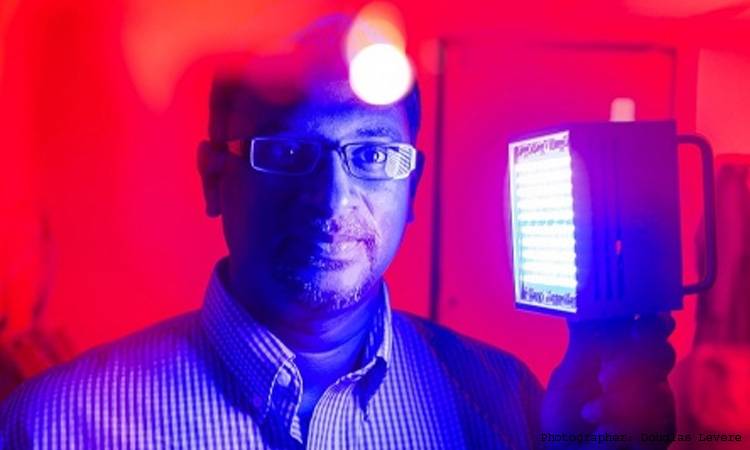
BUFFALO, New York: According to a recent study led at the University at Buffalo, light therapy may expedite the healing of skin damage from radiation therapy by up to 50 per cent.
Researchers found that photobiomodulation, a form of low-dose light therapy (LED), reduced the severity of skin damage from radiation therapy, i.e., radionecrosis, inflammation, improved blood flow and let wounds heal up to 19 days faster. The study follows prior reports on the effectiveness of light therapy in improving the healing of burn wounds and relieving pain from oral mucositis caused by radiation and chemotherapy.
Like burn wounds, radionecrosis may cause inflammation and scarring and hinder blood flow. Current treatments to manage radionecrosis include routine wound care, pain medication and, in some cases, surgery.
Rodrigo Mosca, PhD, the lead author of the research and colleagues, conducted a study in an animal model and examined the effectiveness of both near-infrared and red Light Emitting Diode (LED) at improving the healing of skin damage during radiation therapy.
They found that wounds took an average of 61 days to heal without photobiomodulation. With near-infrared light therapy, healing occurred within an average of 49 days. However, healing occurred the fastest when using red light therapy, at an average of 42 days.
For many years, photobiomodulation has been known to accelerate the healing of acute and chronic wounds, triggering cellular processes that control inflammation, pain signalling, and tissue regeneration and repair.
Moreover, research suggests that the effects of photobiomodulation do not extend to tumour cells, likely due to their perturbed metabolic and regulatory signalling.
The research 'The Efficacy of Photobiomodulation Therapy in Improving Tissue Resilience and Healing of Radiation Skin Damage' has recently been published in Photonics.


